How to calculate needed lumens in a room?
kate1234
17 years ago
Related Stories
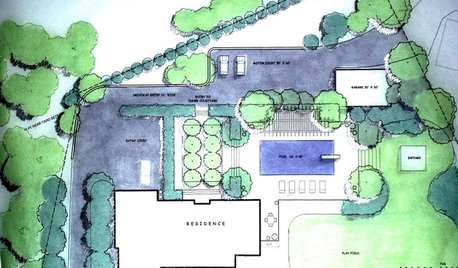
CONTRACTOR TIPSHow to Calculate a Home’s Square Footage
Understanding your home’s square footage requires more than just geometry
Full Story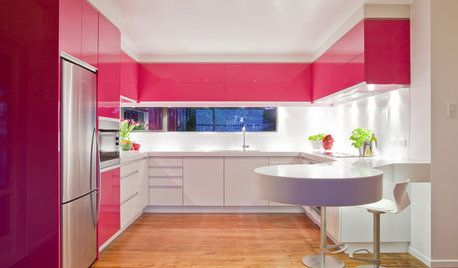
DECORATING GUIDESYour Decor: The Joy of the Calculated Risk
Celebrate the Color and Surprise of Highly Personalized Homes
Full Story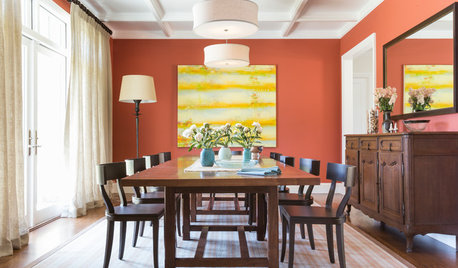
PAINTINGHow Much Paint Do You Need?
Calculate the number of cans to avoid buying too much or too little
Full Story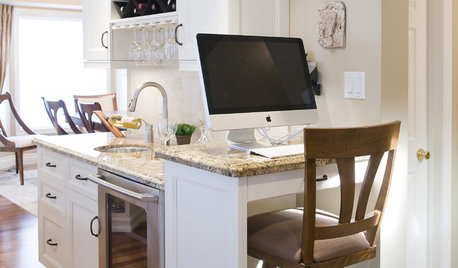
MORE ROOMSYou Don’t Need a Workout Room, Just a Well-Trained Home
See how just the way you set up your TV, workstation or kitchen can help you stay fit this year
Full Story
ORGANIZINGGet the Organizing Help You Need (Finally!)
Imagine having your closet whipped into shape by someone else. That’s the power of working with a pro
Full Story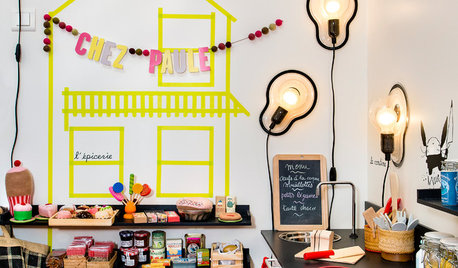
LIGHTING10 Ways With Wall Lights That Don’t Need to Be Wired In
Learn how to add illumination to your home without carving into the walls
Full Story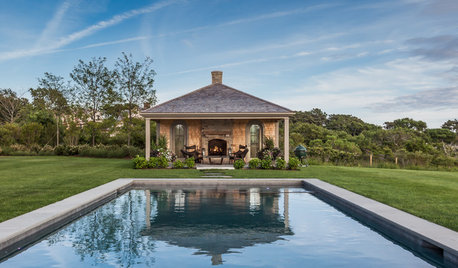
GARDENING AND LANDSCAPINGWhat You Need to Know When Considering a Cabana or Covered Patio
Learn how to plan for a covered outdoor structure, what features are available to you, how much it will cost and more
Full Story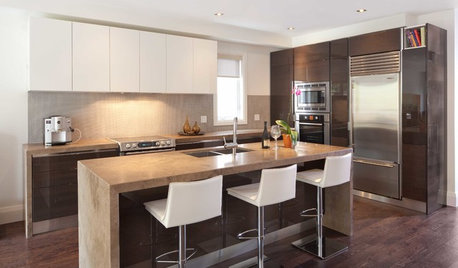
LIGHTINGGet Your Home's Recessed Lighting Right
Learn the formula for how much light a room needs plus how to space downlights, use dimmers and more
Full Story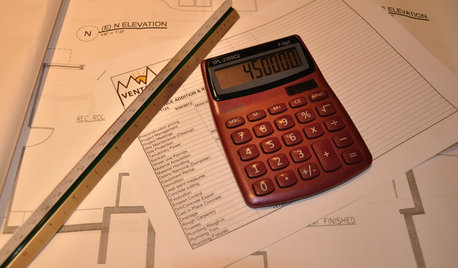
CONTRACTOR TIPSLearn the Lingo of Construction Project Costs
Estimates, bids, ballparks. Know the options and how they’re calculated to get the most accurate project price possible
Full StoryMore Discussions






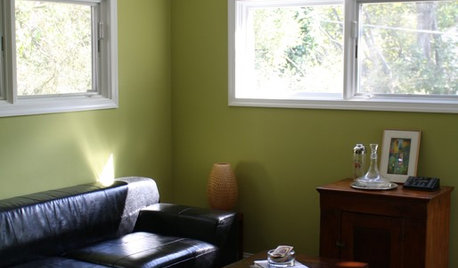
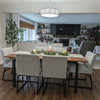

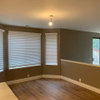

Jon1270
carolina_2008
Related Professionals
Tampa Lighting · University Lighting · Annandale Furniture & Accessories · Boston Furniture & Accessories · Bronx Furniture & Accessories · Peachtree City Furniture & Accessories · Stanford Interior Designers & Decorators · Bainbridge Island Decks, Patios & Outdoor Enclosures · Cincinnati Decks, Patios & Outdoor Enclosures · Commerce City Decks, Patios & Outdoor Enclosures · Fort Pierce Decks, Patios & Outdoor Enclosures · Natick Decks, Patios & Outdoor Enclosures · Palmetto Decks, Patios & Outdoor Enclosures · Rogers Decks, Patios & Outdoor Enclosures · Verona Decks, Patios & Outdoor Enclosureskaseki
mikie_gw
john2_team